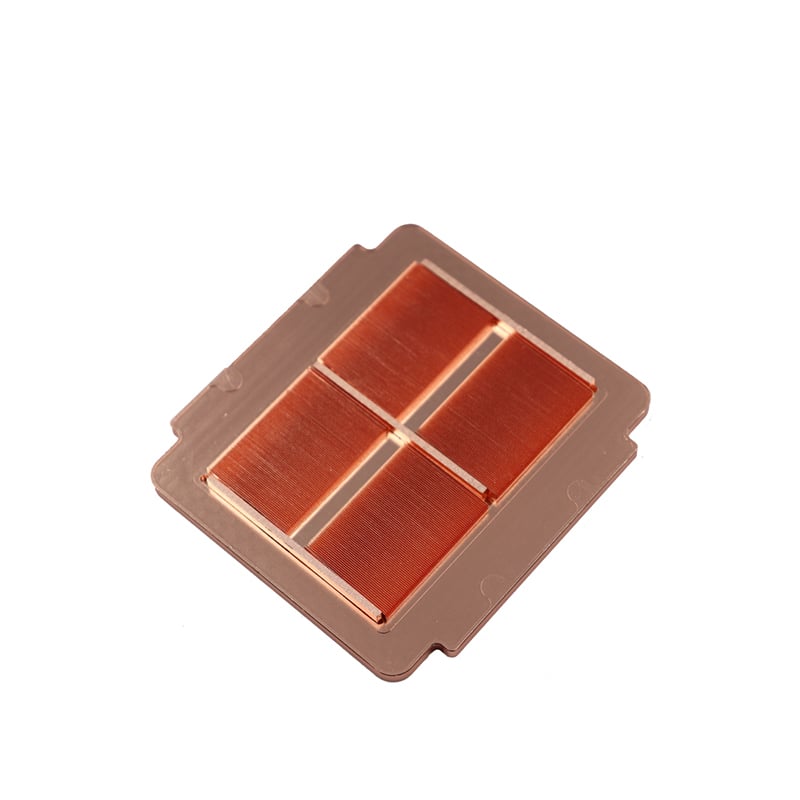Introduction
Heat sink cooling is a crucial aspect of electronic devices and systems, ensuring efficient dissipation of heat generated by components. Without proper cooling methods, these devices can overheat, leading to performance degradation and potential damage. In this article, we will explore ten different methods of heat sink cooling, highlighting their working principles, advantages, and applications.
Air Cooling
Air cooling is one of the most common methods used to cool heat sinks. It involves utilizing fans or natural convection to dissipate heat. The heat sink is designed with fins that increase the surface area, allowing air to flow and carry away the heat. Air cooling is cost-effective, easy to implement, and suitable for various applications.
Liquid Cooling
Liquid cooling, also known as water cooling, is another effective method for heat sink cooling. It involves circulating a liquid coolant, such as water or a specialized cooling fluid, through channels or pipes within the heat sink. The coolant absorbs the heat and carries it away, providing efficient cooling. Liquid cooling is commonly used in high-performance systems, where air cooling may not be sufficient.
Heat Pipes
Heat pipes are highly efficient heat transfer devices used in heat sink cooling. They consist of a sealed copper pipe with an inner wick structure and a small amount of working fluid. When heat is applied to one end of the pipe, the fluid evaporates and moves to the cooler end, where it condenses and releases heat. Heat pipes offer excellent thermal conductivity and are used in various electronic applications.
Thermoelectric Cooling
Thermoelectric cooling, also known as Peltier cooling, utilizes the Peltier effect to create a temperature difference across a junction of two different materials. When an electric current flows through the junction, one side becomes cooler while the other side becomes hotter. This method is commonly used in small-scale cooling applications, such as computer CPUs and portable cooling devices.
Vapor Chamber Cooling
Vapor chamber cooling is a relatively newer method that offers superior thermal performance. It involves a sealed chamber filled with a small amount of working fluid. When heat is applied, the fluid vaporizes, carrying the heat to cooler regions, where it condenses and releases the heat. Vapor chamber cooling is highly efficient, lightweight, and finds applications in advanced electronic devices.
Phase-Change Materials
Phase-change materials (PCMs) are substances that absorb and release thermal energy during phase transitions, such as solid to liquid or liquid to gas. These materials can store large amounts of heat, providing effective cooling. PCMs are often integrated into heat sinks to enhance their cooling capabilities, especially in applications where transient heat loads are present.
Heat Exchangers
Heat exchangers are devices used to transfer heat between two fluids without mixing them. In heat sink cooling, heat exchangers are often used in combination with liquid cooling methods. They facilitate the transfer of heat from the electronic components to the coolant, ensuring efficient cooling. Heat exchangers can be air-to-liquid or liquid-to-liquid, depending on the specific application.
Thermal Interface Materials
Thermal interface materials (TIMs) play a crucial role in heat sink cooling by improving the thermal contact between the heat source (e.g., a CPU) and the heat sink. These materials fill in microscopic air gaps and irregularities on the surfaces, enhancing heat transfer. Common TIMs include thermal grease, thermal pads, and phase-change materials. Proper selection and application of TIMs are essential for optimal cooling performance.
Heat Sink Design Optimization
Heat sink design optimization is a vital aspect of effective cooling. Various factors, such as fin geometry, material selection, and overall layout, influence the heat sink's performance. Advanced techniques, such as computational fluid dynamics (CFD) simulations, can be employed to analyze and optimize heat sink designs. By fine-tuning these parameters, heat sink cooling efficiency can be significantly improved.
Active vs. Passive Cooling
Heat sink cooling methods can be categorized into active and passive cooling. Active cooling involves the use of external devices, such as fans or pumps, to enhance heat dissipation. Passive cooling, on the other hand, relies solely on natural convection or thermal conductivity to remove heat. The choice between active and passive cooling depends on the specific requirements, power constraints, and environmental conditions of the application.

